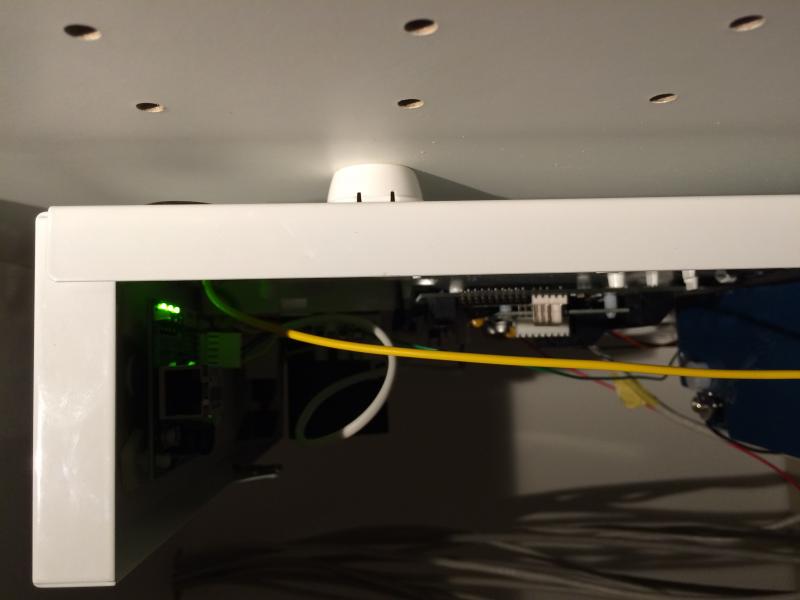Our builder has just finished a refurbishment project and in one of the rooms an old door way in a brick wall was filled in with stud work, insulated and plasterboarded. The whole wall was then skimmed and painted.
We now have a darker stripe in the paint where the join is. The decorator has tried repainting using the emulsion and also with oil based primer and still appears. I am guessing it's damp or condensation related related possibly due to temperature differences? The builder is as a loss as to what to do.
Does anyone have any suggestions that hopefully don't involve replastering but if it does I want to know before paying the outstanding balance.
Thanks
We now have a darker stripe in the paint where the join is. The decorator has tried repainting using the emulsion and also with oil based primer and still appears. I am guessing it's damp or condensation related related possibly due to temperature differences? The builder is as a loss as to what to do.
Does anyone have any suggestions that hopefully don't involve replastering but if it does I want to know before paying the outstanding balance.
Thanks




